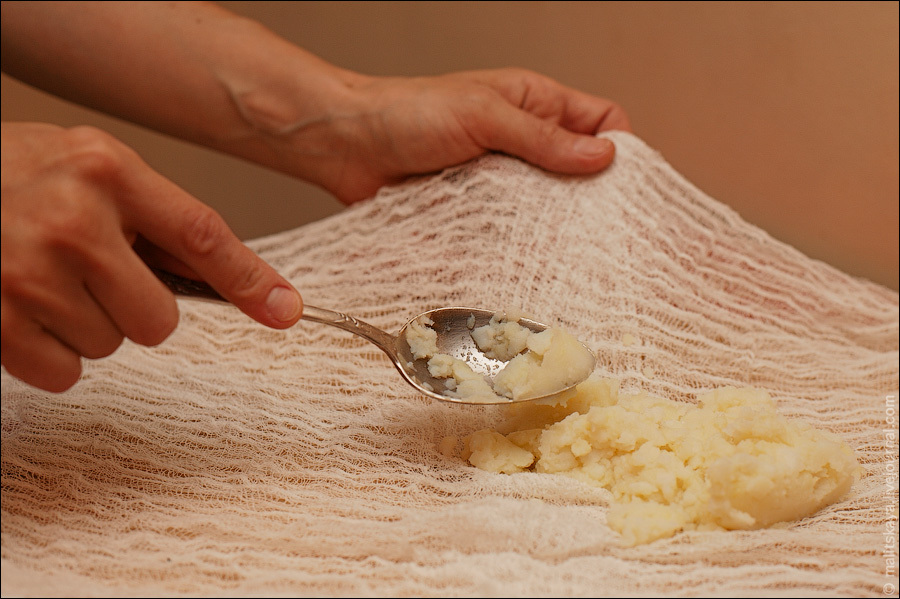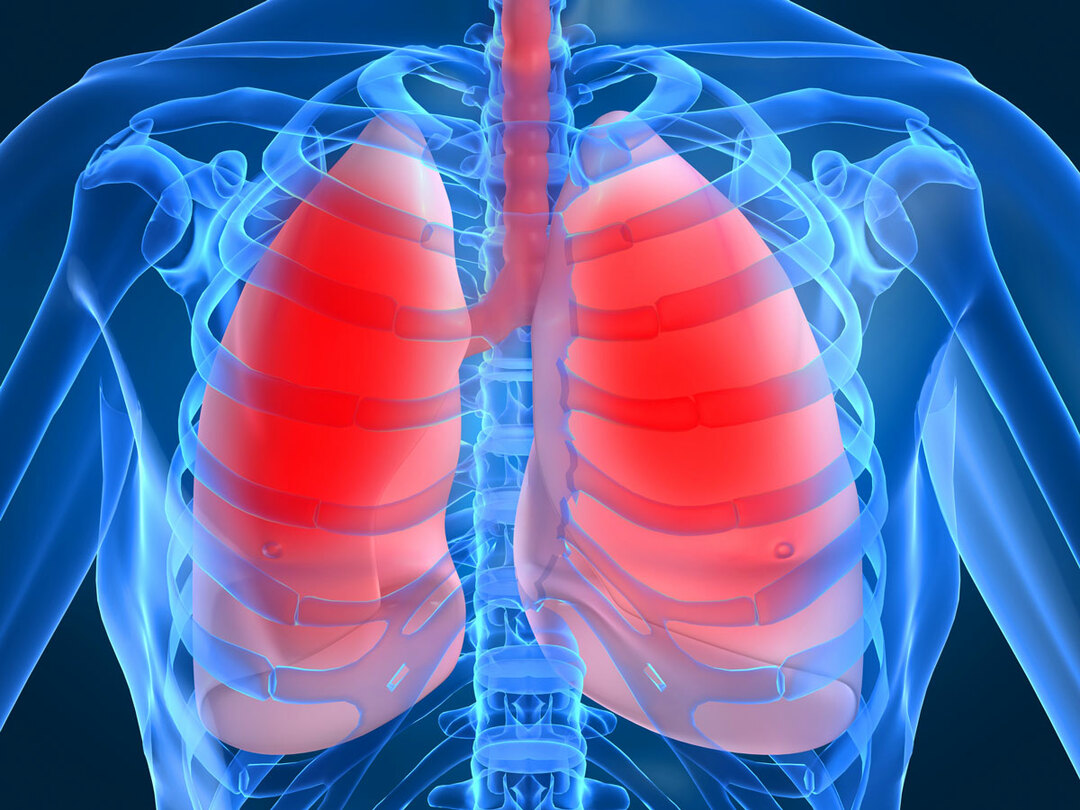What is mediastinitis, causes, treatment?
 Mediastinitis refers to the inflammation of the mediastinum. There are two types of mediastinitis: acute and chronic. Acute species is often characterized by bacterial nature, such a disease develops because of damage to the mediastinal organs.
Mediastinitis refers to the inflammation of the mediastinum. There are two types of mediastinitis: acute and chronic. Acute species is often characterized by bacterial nature, such a disease develops because of damage to the mediastinal organs.
Acute mediastinitis is a condition that threatens a person's life. This is due to the fact that the infectious process is developing very rapidly. Chronic mediastinitis, or else it is called in another way fibrosing, is a very serious condition, the main difference being a slow-flowing inflammation of the mediastinum, which leads to the proliferation of collagen and fibrous tissue in the airways and vessels.
Reasons for the appearance of
When mediastinum develops in the mediastinal tissue, a serous or purulent inflammation develops. Also, such a disease can make itself felt in any inflammatory disease or perforation of the mediastinal organs. The disease can also occur due to lymphadenitis with abcoding, empyema of the pleura, lung abscess with a rupture at the site of the mediastinum. Recently, the number of illness that was caused due to instrumental rupture of the esophagus, trachea, and bronchus has increased. Infection can penetrate the mediastinal region along the lymphogenous pathway, if the neighboring organs - neck, ribs, lungs have undergone inflammatory process.
Mediastinitis is located in the upper part of the thoracic cavity. Etiologic factors include instrumental ruptures, as well as cases where odontogenic phlegmons of the neck extend to the zone of mediastinum, affecting fiber.
How does the disease go?
Mediastinitis is very difficult. The disease has a worsening effect on the general condition of the body, which occurs with the already developed diseases. If the cause of mediastinitis in the phlegmon of the neck, it will express pain in the chest, high fever, chills and such a disease. In the neck to the clavicle there is an accumulation of a strong painful accumulation in the tissues of cellular elements with an admixture of blood and lymph. But if the phlegmon were opened, then the excrement appears from the wound canals, which are accompanied by a specific odor. The thorax reacts even to small feces. Mediastinitis passes with high blood leukocytosis.
Acute mediastinitis
During the time when cardiovascular surgery was not very developed, the appearance of mediastinitis was explained by the consequence of perforation of the esophagus or proliferation of infection. However, modern medicine explains this illness as a consequence of complications of cardiovascular or endoscopic procedures. They are treated, in particular, with the help of intravenous antibacterial therapy and hydration. If the infection spreads, surgical sanitation of the mediastinum can be performed.
Chronic mediastinitis
Chronic mediastinitis is usually diagnosed by a radiological method, manifested by diffuse fibrosis of the soft tissues of the mediastinum. Sometimes a chronic illness develops after tuberculosis or radiation therapy. The effect of the treatment of chronic mediastinitis is considered questionable.
Treatment of acute mediastinitis
In acute mediastinitis, early surgical intervention is mandatory as soon as the diagnosis is established. An exception can be called only those cases when the disease passes slowly, is in the degree of serious inflammation or there is no development of a serious condition of the patient. In such cases, conservative therapy can be used, provided that there is a dynamic monitoring of the patient in a steady state. Surgical treatment is aimed at removing the cause, which caused the acute form of the disease. There is also an autopsy of the inflammatory focus and drainage.
If you do not provide surgical help in time, acute mediastinitis in a purulent condition can lead to death. Operative care must be carried out even when the patient is in a difficult general condition, after correcting the disturbance of homeostasis and eliminating the disorder of vital body functions. During anterior restricted mediastinitis, which developed due to injury of the thorax and mediastinal tissue, transesnal access to the abscess can be used. In addition to the full drainage of the abscess, there is a mandatory resection of the altered parts of the bones. There are a lot of types of drainage. The main disadvantage of this procedure is the probability of osteomyelitis of the sternum, which is why this procedure is used only on existing chest injuries. The level and side of the subsequent drainage is determined by an overview radiography and careful puncture of the anterior mediastinum. If the upper anterior mediastinitis is observed, then cervical mediastinotomy is used. This means that the anterior section of the superior mediastinum is opened and drained above the sternum by a transverse incision. In the same way, it is possible to remove abscesses that are located above the level of the arc of the largest unpaired arterial vessel of the great circle of blood circulation.
In pre- and postoperative periods, it is very important to use all means of conservative therapy, because a significant severity of purulent mediastinitis is known. An important role of doctors is given to general antibacterial and therapy, which is based on the introduction of various specific solutions into the bloodstream. It is also important to stick to the power supply. Today, acute mediastinitis is considered one of the most difficult diseases. This disease is very difficult. Mortality ranges from twenty-six to forty percent.
Treatment of chronic mediastinitis
The chronic form of the disease is divided into aseptic and microbial. Aseptic include idiopathic, posthemorrhagic, konioznuyu, rheumatic form, etc. Microbial are divided into nonspecific and specific. Common in all types of aseptic mediastinitis is the productive nature of inflammation with the development of sclerosis of cellulose, and microbial agents are also noted in the tissues. The causes of idiopathic chronic mediastinitis are not fully known. This type of disease is characterized by proliferation of dense tissue along the mediastinal tissue. The prognosis, when the generalized form of mediastinitis is rapidly progressing, is disappointing.
Pathogenetic therapy is not developed. However, a certain effect is achieved with radiation therapy, the use of corticosteroids. Koniosis mediastinitis is associated with secondary lesion. A characteristic morphological sign of chronic nonspecific microbial mediastinitis is an abscess, which is limited by a connective tissue capsule. In another situation, inflammation and development of scar tissue may appear due to lymphangitis. A prolonged temperature with a constant rise and fall, pain in the chest, sweating, weakness, pallor, fatigue are all signs of chronic nonspecific mediastinitis.



